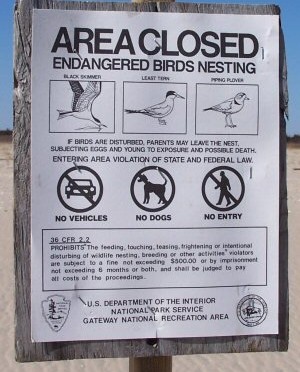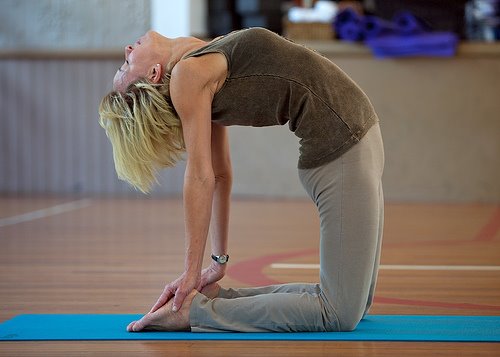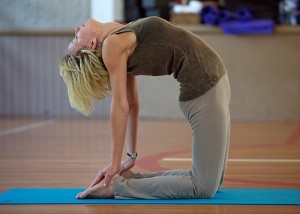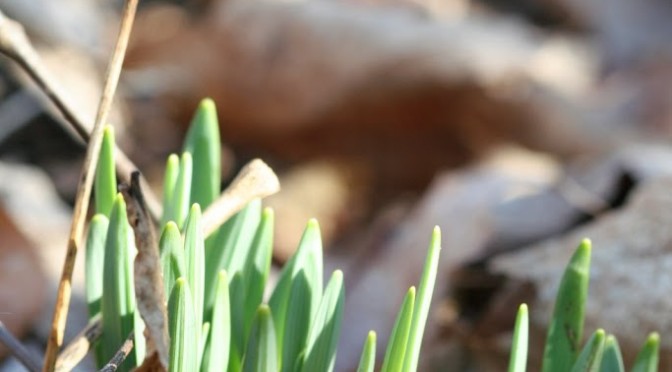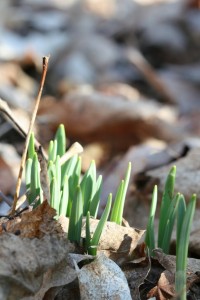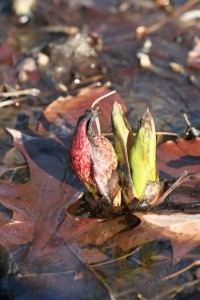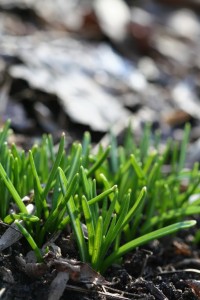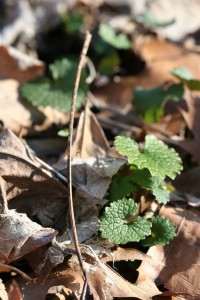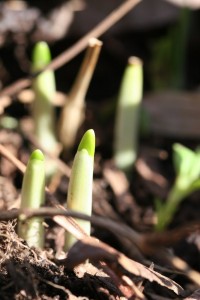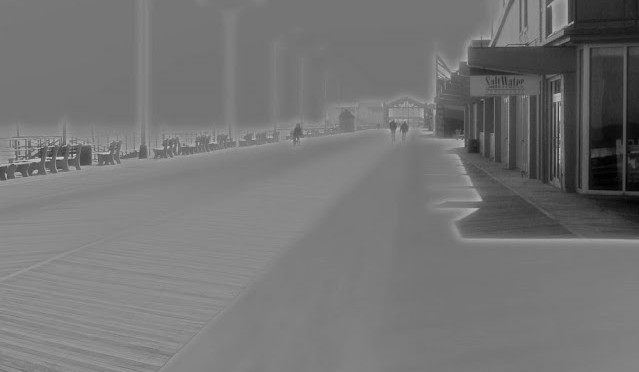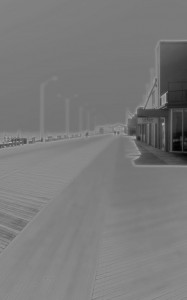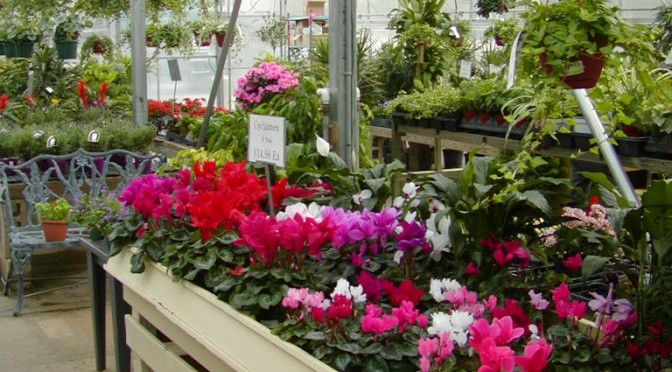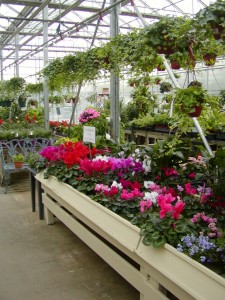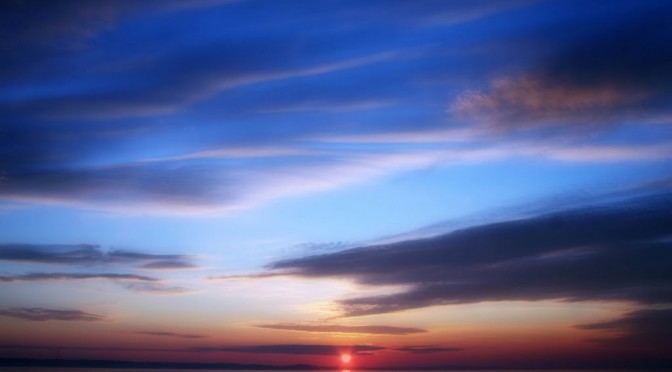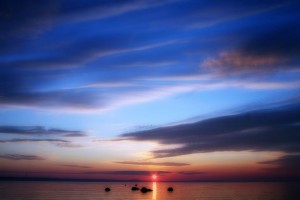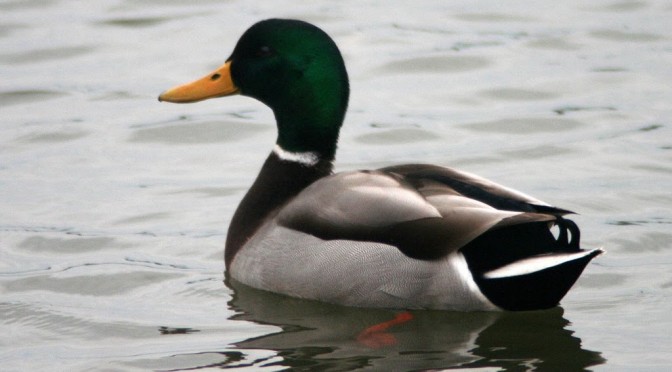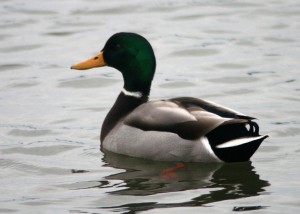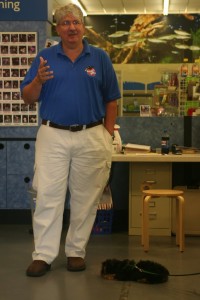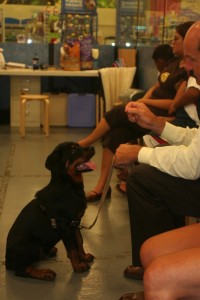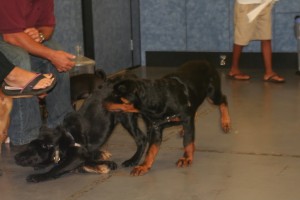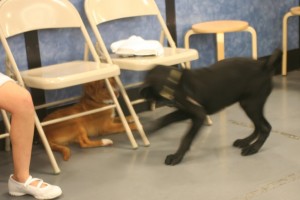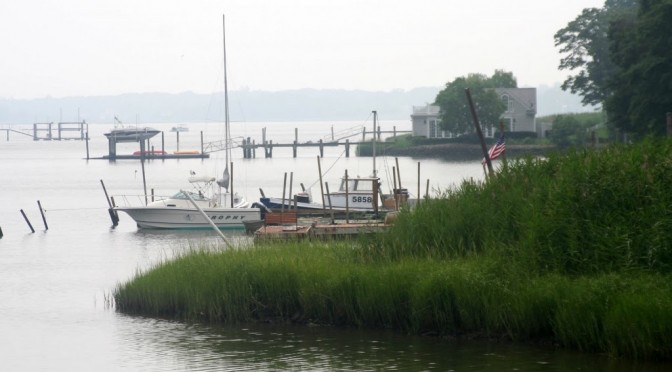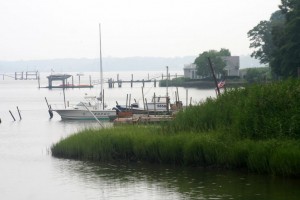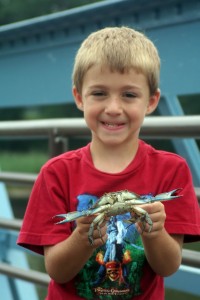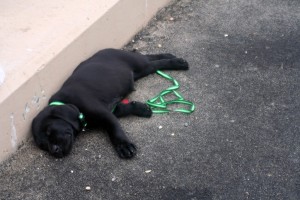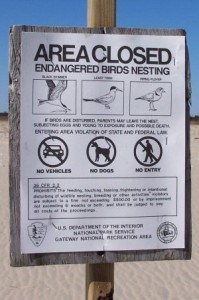 The perfect cure for cabin fever yesterday morning was the chance to be out in the sunshine while doing some manual labor to help protect nesting habitat for endangered Piping Plovers and Least Terns at Sandy Hook. A small group of volunteers showed up early in the cold to install symbolic fencing around critical nesting areas in the dunes at Gunnison and North Beach.
The perfect cure for cabin fever yesterday morning was the chance to be out in the sunshine while doing some manual labor to help protect nesting habitat for endangered Piping Plovers and Least Terns at Sandy Hook. A small group of volunteers showed up early in the cold to install symbolic fencing around critical nesting areas in the dunes at Gunnison and North Beach.
Sandy Hook hosts one third of New Jersey’s nesting population of Piping Plovers, but nest success has been quite variable in the last few years; the main challenges having been nest predation by red foxes, flooding and human disturbance.
It’s human disturbance that the fencing seeks to control. We installed flagged string line and signage every 50 feet along the dunes – hundreds of feet of string tied with little orange flags. My job was to count out the 50 ft. distance between signs, while those with more nimble fingers tied the string and the flags. We were a pretty small group, but got lots done thanks to the use of an auger to dig the holes for the posts; in years past every hole was done with a post-hole digger. What a recipe for sore shoulders! I think Sandy Hook has 8 protected nesting areas for plovers and terns; we completed only 3 of the 8, but other groups and the park rangers are responsible for the others.
The fencing is an attempt to keep people out of the high dunes where the plo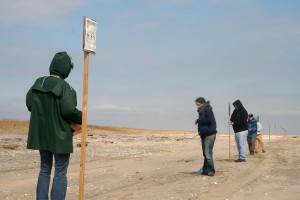 vers build their nests – people with coolers on their way to the water, people with dogs, people flying kites – any of those things could cause a nest to be abandoned or crushed underfoot.
vers build their nests – people with coolers on their way to the water, people with dogs, people flying kites – any of those things could cause a nest to be abandoned or crushed underfoot.
Later in the season, around Memorial Day when the chicks are hatching, volunteers will *guard* the intertidal zone which will also then be closed to the public. The plovers and their newly hatched chicks use the intertidal zone to feed and if there’s too much activity by beachgoers the plovers can be stepped on or starve. I’ve volunteered this year to be a warden on weekends and to monitor the edge of the closed area from a beach chair – to keep people out of the intertidal zone during that critical time – and to try and educate beachgoers about why the area is closed off and why the plovers and terns are worth their losing access to the beach. You might not think it, but people get pretty pissed off about losing access to the beach. A friend of mine who’s been a warden for a number of years has often been given a hard time by people and even had her tires slashed. Can you imagine being that angry at someone who’s just trying to do a good thing for birds?
I didn’t spot any plovers yesterday, but they are back. Ospreys are due in this week. Spring at the shore and its birds are coming! I’m not sure when it’ll hit me, but one day soon I’ll have to sneak away from the office to greet it at Sandy Hook. Have a look here at last year’s spring fever post – also there is a link to one of my favorite pics of piping plover chicks – aren’t they adorable? Who wouldn’t want to spend weekends getting a tan to protect them?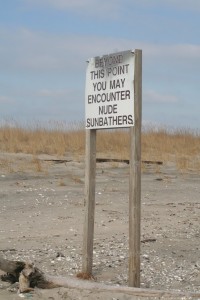
And please, take a minute to read Julie Zickefoose’s essay Offseasons which she mentioned in the comments on last year’s post. It’s a beautifully-written and touching essay and part of what made me decide to actually do something this year for these birds that I treasure so much, rather than just sitting back and complaining that not enough is being done, as I did last year. Thanks for the kick in the butt… I mean… the inspiration, Julie!
I’m including this last pic mostly for Susan, but also to mention that the nude beach at Gunnison is one of the larger areas where plovers choose to nest. Not sure that I’d want to be assigned to be a warden there, but at the very least I’d have plenty of reasons (old wrinkled ones) to get some long overdue reading done this summer!
😉
